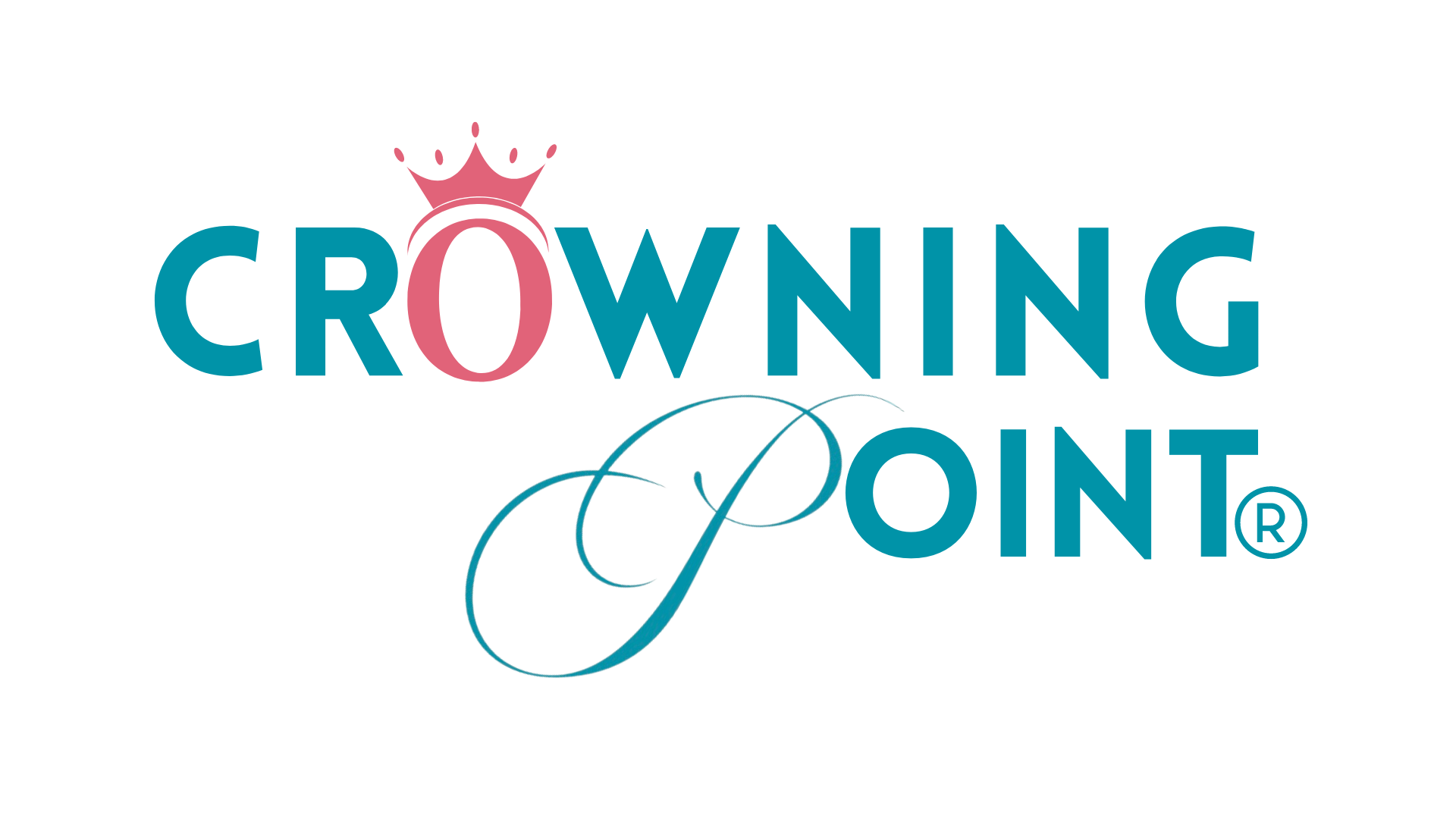Resiliency: The Myth
A client, Mandy, once told me, “I’m just too old. I don’t have the same type of resiliency I used to.” She was in her mid 40’s and was not only trying to climb the corporate ladder but also support her husband during his mid-life crisis. On top of that she had twins, aged 12, and was struggling to keep her weight in check. She came to see me because she was unable to “rest” and wasn’t her usual peppy self. Mandy was concerned that she was depressed.
It turned out that Mandy was not depressed. She was definitely struggling with changing hormones. However, the main issue was that she was just plain tired. She was trying to do it all. Over time her “coping strategies” were no longer working.
Mandy’s experience is unfortunately common. Women trying to do it all; believing that if they just keep pushing forward, it will all get better. Ladies let’s just be real. Believing you can eternally push forward and one day things will just get better is absolute hogwash. You are not hogwash, your belief is. It’s a myth. Resiliency is not “grit”. Powering through something only leads to burnout. Resiliency is not the goal.
Resiliency is the ability to perceive and maintain health by adapting positively to stressors. The stressors can be biological, environmental, social, chronic, or short lived. Resiliency is about thriving.
Let’s start by taking a look at common myths about resiliency. The next blog will be on “how to” get into the pattern of resiliency. This blog is to help start the process of building resiliency skills by addressing the truth about resiliency.
Let’s get rid of the hogwash and start allowing ourselves to acknowledge reality. Let’s honor our brain and thoughts enough to be honest with ourselves.
Myths:
- Resiliency has something to do with youth. Uh, no. There is plenty of research showing that any age, including older adults, are capable of high resiliency.
- Resiliency is a genetic trait and you either have it or you don’t. Hmmm. Resiliency can be passed from one generation to the next but the passage of it is in passing on behavioral responses and expectations. Both of which can be learned. As an example, self-acceptance is one of the most important aspects in resiliency being passed from one generation to the next. Self-acceptance is not biological, it is socially based. This means it is learned.
- Women are more resilient than men. Resiliency is much more complex than your chromosomal make up. It is true that there are gender differences. Women don’t have equal access to financial resources and tend to have more vulnerability as they tend to work just as much as men do outside the home and still do most of the household and childcare. These facts suggest women may be less resilient because they are more vulnerable due to stress and having less resources than men. It is also true that the ability to maintain a sense of empowerment, competency, and a positive view of oneself in the face of stressors, appears to be important in resiliency for men. Both men and women have their challenges in daily life. I believe the jury is out on this one as some research says men are not as resilient as women and some research suggests men are more resilient because they have more resources, rendering them less financially and socially vulnerable. Resiliency in my opinion is complex. However, it is clear that resiliency is not biologically based.
- Resiliency is about doing nothing, just accepting what is. It’s actually the exact opposite. Worrying or ruminating lengthens stress and decreases resiliency. Being proactive and active helps to mediate stress and increase resiliency.
- Resiliency is an extra-ordinary personal ability. No superhuman powers are required! Resiliency is a skill and is learned. As a skill it can be practiced and improved. Anyone can learn a new skill.
- Resiliency is only needed in times of stress or trauma. Resiliency has a fair amount to do with how you balance your daily life. It is a life- style. During times of stress or trauma resiliency skills are needed but that is not the only time resilient skills are necessary. In fact, the more balance and the more practiced you are at resiliency skills, the better able you are to handle extreme stress or trauma.
- Resiliency is a luxury. Resiliency is anything but a luxury. It is necessary for your health in daily living.
- Resilient people have to go it alone. Nonsense! Those who have positive relationships are more resilient. They are also more creative and more engaged in their lives. Those that do not ask for help or have a supportive community tend to be less resilient.
- Resiliency is about staying positive. While staying positive and hope is a part of resiliency, resiliency is more than just managing negative emotions or maintaining a positive attitude. Resilient people use positive emotion to rebound and find positive meanings in challenging events and times. Resilient people have a wide range of emotions and they do not avoid difficult emotions. They experience and explore their emotions. By doing so, they tend not to get consumed or destroyed by their emotions.
Allow yourself to acquaint yourself with these myths. If you have any of them, let yourself start to challenge them. The next blog will be about how to build or strengthen resiliency skills.
NOTE: I started this blog out with an example of Mandy. Mandy is fictitious but not her circumstances. While in Mandy’s case, depression was not a factor, depression or other mental health issues can be created by circumstances such as hers. If you are experiencing any similar issues or are in any way concerned about your mental or physical health, please speak with a professional.
Keeping it real,
Dr. Spano

